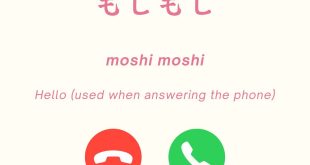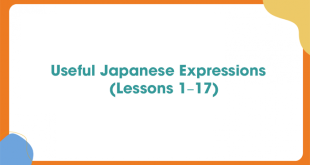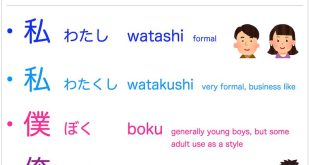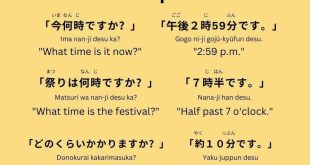Words for meal sizes in Japanese
Japanese restaurants often let you choose how big your meal portion is.
This chart shows the main size categories from smallest to largest:
👉 Small → Normal → Big → Extra Big → Extreme Big

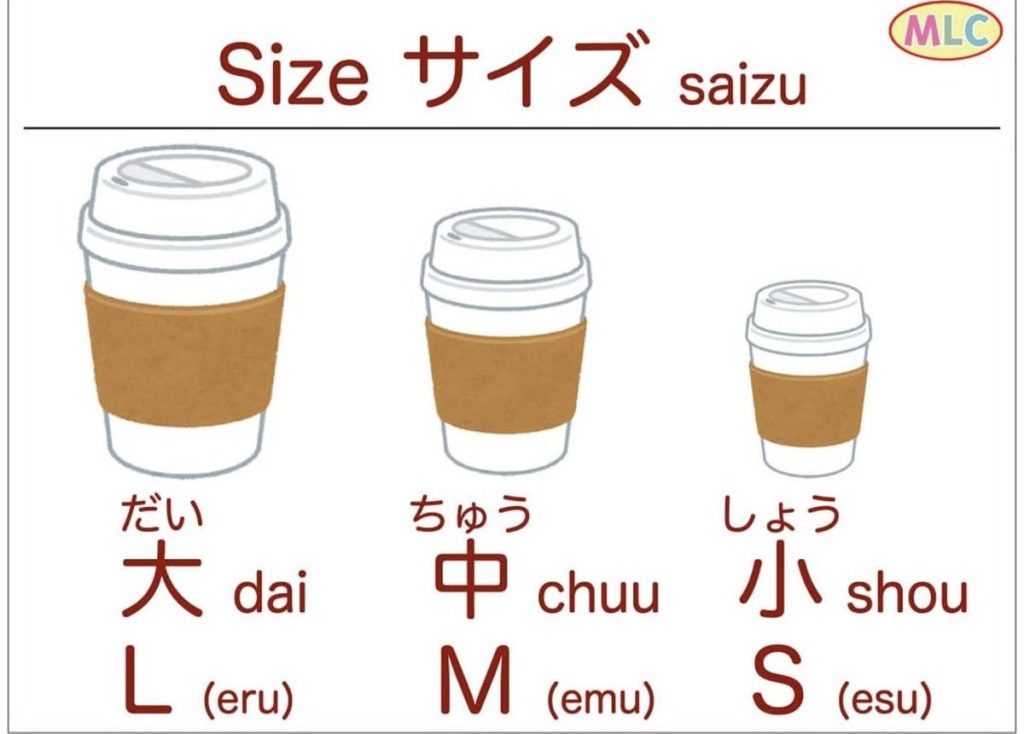
1️. Small
Used when you want less food.
Common words:
S (esu) – from “Small”
小 (shou) – small
少なめ (sukuname) – a bit less than normal
ミニ (mini) – mini (same as English “mini”)
半分 (hanbun) – half portion
Example:
ご飯少なめでお願いします。
(Gohan sukuname de onegai shimasu.)
“Please make the rice a little less.”
2️. Normal
This is the standard portion size.
Common words:
M (emu) – from “Medium”
中 (chuu) – medium
並 (nami) – regular / standard
普通 (futsuu) – normal
Example:
ご飯普通でお願いします。
(Gohan futsuu de onegai shimasu.)
“A regular portion of rice, please.”
3️. Big
A larger-than-normal portion.
Common words:
L (eru) – from “Large”
大 (dai) – large
大盛り (oomori) – large serving (very common)
多め (oome) – a bit more
Example:
ご飯大盛りでお願いします。
(Gohan oomori de onegai shimasu.)
“Please make it a large portion of rice.”
4️. Extra Big
An extra-large serving — often bigger than what most people eat.
Common words:
特大 (tokudai) – extra large
特盛 (tokumori) – extra serving / special large
Example:
カレー特盛ください。
(Karee tokumori kudasai.)
“One extra-large curry, please.”
5️. Extreme Big
Humorous or challenge-level sizes!
Used for very, very large portions — often seen in special or “food challenge” menus.
Common words:
メガ盛り (mega mori) – mega size
鬼盛り (oni mori) – “demon-sized” (huge)
激盛り (geki mori) – extremely large
バカ盛り (baka mori) – ridiculously big (literally “stupidly big”)
Example:
メガ盛りチャレンジ!
(Mega mori charenji!)
“Mega-size challenge!”
Notes:
The word 盛り (mori) means “portion” or “serving.”
When ordering food, you can easily adjust the portion by saying:
〜少なめで (〜sukuname de) → “a little less”
〜普通で (〜futsuu de) → “normal”
〜大盛りで (〜oomori de) → “large portion”
Related Post:
How to say eat & drink in Japanese?
What to say when eating in Japan?
 Learn Japanese
Learn Japanese

